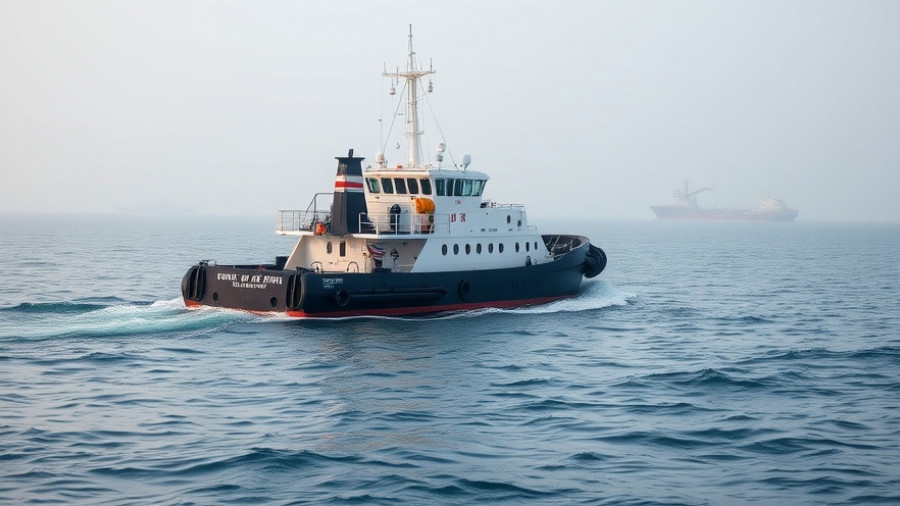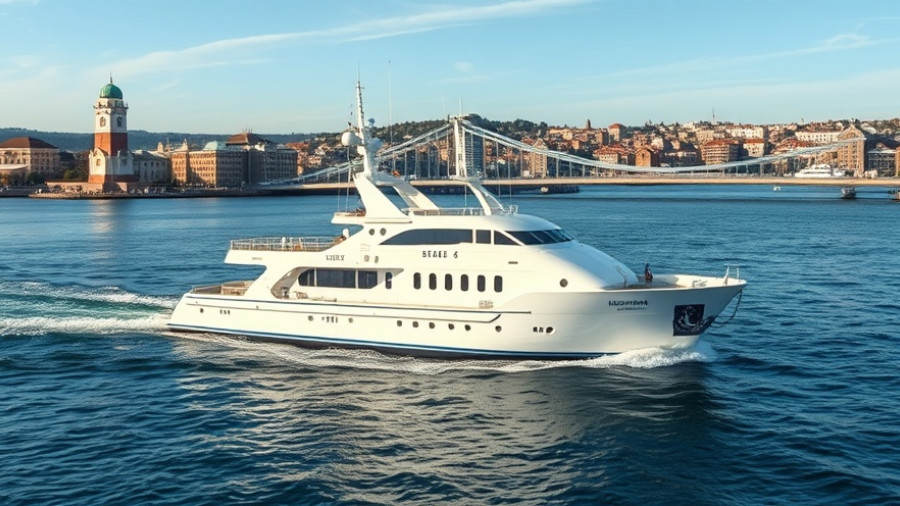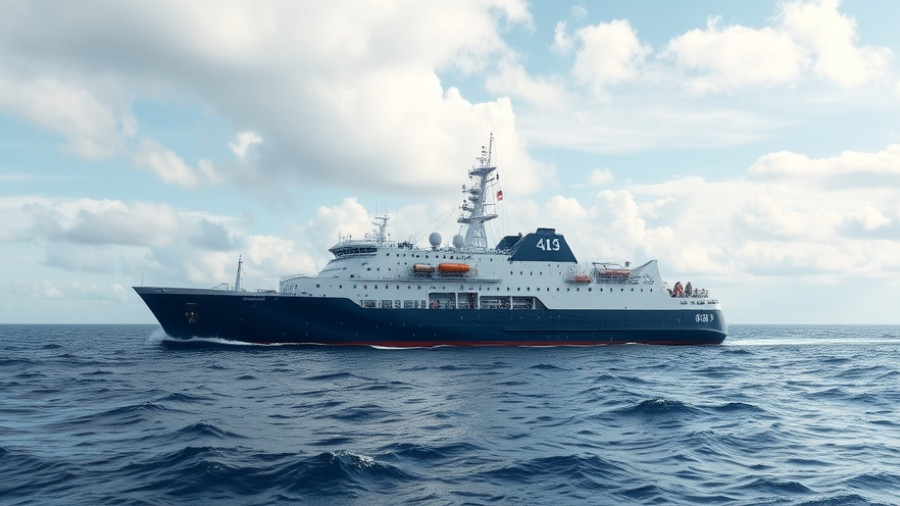
Sweden's New Maritime Security Measures in the Baltic Sea
On October 3, 2025, Sweden announced a bold initiative to enhance its maritime surveillance capabilities in the Baltic Sea, a critical move driven by recent security concerns in the region. The Swedish government's proposal includes legislation aimed at empowering the Coast Guard to better monitor the Baltic waters, particularly in light of several recent incidents involving undersea cable disruptions, gas pipeline outages, and unauthorized drone activities.
Minister for Civil Defence, Carl-Oskar Bohlin, stated, "We have not chosen our external situation, but we must deal with the reality we face." This statement reflects the urgent need for Sweden to adapt to a complex geopolitical landscape exacerbated by Russia’s 2022 invasion of Ukraine and the increasing tensions that have followed. As a member of NATO, Sweden's actions are part of a larger collective effort to bolster security measures across the Baltic region.
The Baltic Sea: A Geographic Hotspot for Tension
The Baltic Sea has always been a vital maritime corridor for trade and defense, surrounded by several nations, including Finland, Denmark, and the Baltic States. Its geographic significance has made it a focal point for military strategy, particularly since the crisis in Ukraine. Recent reports suggest that NATO has begun upgrading its naval presence in the area, deploying an air-defense frigate among other assets to respond to drone incursions reported in Denmark. This underscores the nervous climate that countries bordering the Baltic are facing.
Why Strengthened Surveillance is Crucial
Enhancing surveillance capabilities is not merely a defensive move; it represents a proactive approach to preventing potential threats. The Swedish Coast Guard's expansion will likely involve the integration of advanced technologies, including surveillance drones and monitoring systems that can detect unauthorized incursions.
More than just a reaction to drone sightings and other violations, this initiative is part of a comprehensive strategy to assert maritime sovereignty. The challenge posed by potential adversaries in the region demands vigilance and adaptability, particularly as energy security becomes a focal issue in Europe.
What This Means for Regional Security and Cooperation
The Baltic Sea is undergoing significant changes as countries re-evaluate their defense strategies. Sweden’s decision to enhance Coast Guard surveillance sends a clear signal to its neighbors about the importance of collective security. It may also foster greater collaboration among the Baltic States and NATO allies, creating joint exercises and shared intelligence operations to mitigate rising threats.
Effective maritime governance will be vital for ensuring safe navigation and protecting vital infrastructure such as undersea cables and pipelines, integral to Europe’s energy supply. The strengthening of surveillance capacities in this region could potentially deter hostile actions and promote stability through enhanced defense collaboration.
Looking Ahead: Future Security Initiatives
As geopolitical tensions evolve, so too will the strategies employed by nations surrounding the Baltic Sea. Sweden's initiative may serve as a catalyst for other regional players to reassess their maritime security protocols. Expectations for heightened naval activity and joint training exercises between NATO allies could become commonplace as nations seek to enhance their collective defense mechanisms.
Sweden’s Coast Guard modernization stands as a crucial development in an era where national security is under constant scrutiny. As incidents of maritime aggression and surveillance infractions rise, this proactive step may pave the way for a safer and more secure Baltic environment.
 Add Row
Add Row  Add
Add 




Write A Comment